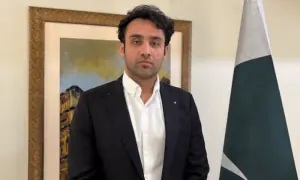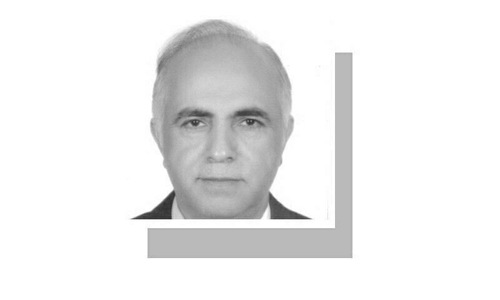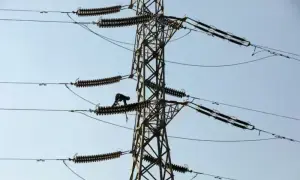India sends unmanned mission to Moon’s far side

India’s space agency launched an unmanned spacecraft to the far side of the Moon on Monday, a week after aborting the mission due to a technical problem.
Scientists at the mission control center burst into applause as the rocket lifted off in clear weather as scheduled at 2:43pm on Monday, a day after scientists celebrated the 50th anniversary of the Apollo 11 mission that put American astronauts on the Moon.
Chandrayaan, the Sanskrit word for “moon craft”, is designed to land on the lunar south pole in September and send a rover to explore water deposits that were confirmed by a previous mission that orbited the Moon.
Indian premier Narendra Modi hailed the successful launch, saying: "What would make every Indian overjoyed is the fact that Chandrayaan2 is a fully indigenous mission."
"It will have an Orbiter for remote sensing the Moon and also a Lander-Rover module for analysis of lunar surface," said Modi.
Dr K. Sivan, chairperson of the Indian Space Research Organization, said that the around $140 million Chandrayaan-2 mission was the nation’s most prestigious to date, in part because of the technical complexities of landing on the lunar surface — an event he described as “15 terrifying minutes”.
If India does manage the landing, it would be only the fourth country to do so after the US, Russia and China.
Thousands gathered to witness India's second attempt to send the landmark spacecraft to the Moon.

Indian scientists offered ritual prayers at temples near the base, according to media reports, and said they were confident there would be no repeat of the problem that led to countdown being halted 56 minutes before last week's launch.
India’s first moon mission orbited the Moon in 2008 and helped confirm the presence of water.
India plans to send its first manned spaceflight by 2022.


































